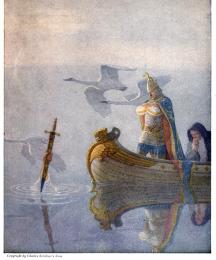
The Sword in the Stone, sometimes a sword in an anvil, is drawn by Arthur as proof of his birthright and of his nobility. It is both a test and a miraculous sign of his royalty. The sword drawn from the stone is different from the one given to Arthur by the Lady of the Lake. The latter is always referred to as Excalibur; the former is called by that name only once, when Arthur draws the sword at a crucial moment in the first battle to test his sovereignty (Vinaver I, 19): "thenne he drewe his swerd Excalibur, but it was so breyght in his enemyes eyen that it gaf light lyke thirty torchys."
Did Kitchener Wield Excalibur? Was He Reincarnation of King Arthur? Growing Belief that Kitchener Fulfilled a Prophecy - October 8, 1916 (Author)
The Enchanted Shield - 1827 (Author)
Six Ballads About King Arthur - 1881 (Author)
The Enchanted Shield - 1827 (Author)
Six Ballads About King Arthur - 1881 (Author)
Bridges, Sallie (1830 - 1910)
Broadus, Edmund Kemper (1876 - 1936)
Buchanan, Robert (1785 - 1873)
Cram, Ralph Adams (1863 - 1942)
Fawcett, Edgar (1847 - 1904)
Hawker, Robert Stephen (c. 1803 - 1875)
Linton, W. J. (1812 - 1898)
Squire, Sir John Collings (1884 - 1958)
Westwood, Thomas (c. 1814 - 1888)
Wilson, John Grosvenor (1866 - )
Dan Beard (1850 - 1941)
Aubrey Beardsley (1872 - 1898)
William Ernest Chapman (1858 - 1947)
Walter Crane (1845 - 1915)
Arthur Dixon (1872 - 1959)
H. J. Ford (1860 - 1941)
Edmund H. Garrett (1853 - 1929)
Florence Harrison (1877 - 1955)
Alfred Kappes (1850 - 1894)
Thomas Mackenzie (1887 - 1944)
Daniel Maclise (1806 - 1870)
W. H. Margetson (1861 - 1940)
Eric Pape (1870 - 1938)
Howard Pyle (1853 - 1911)
Arthur Rackham (1867 - 1939)
Alberto Sangorski (1862 - 1932)
John Moyr Smith (1839 - 1912)
Lancelot Speed (1860 - 1931)
G.H. Thomas (1824 - 1868)
N. C. Wyeth (1882 - October 19, 1945)
Dan Beard (1850 - 1941)
Aubrey Beardsley (1872 - 1898)
William Ernest Chapman (1858 - 1947)
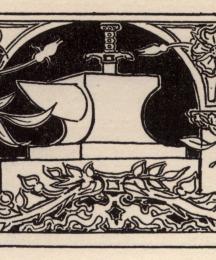
Walter Crane (1845 - 1915)
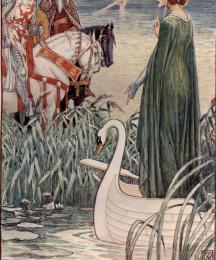
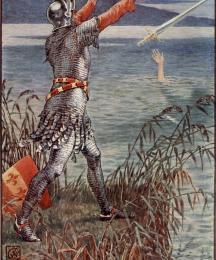
Arthur Dixon (1872 - 1959)
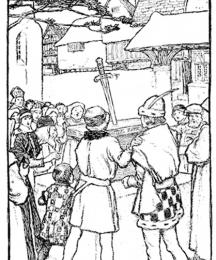
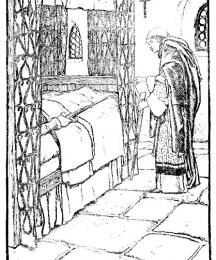
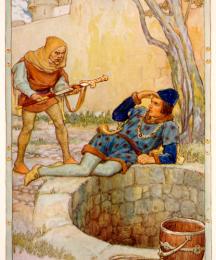
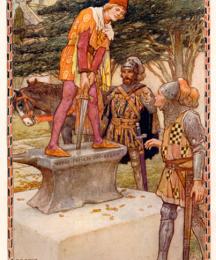
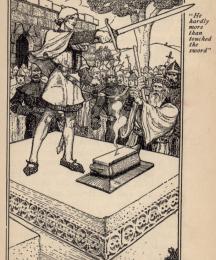
H. J. Ford (1860 - 1941)
Edmund H. Garrett (1853 - 1929)
Florence Harrison (1877 - 1955)
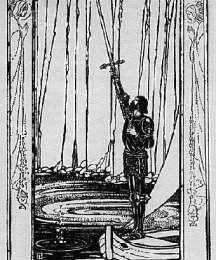
Alfred Kappes (1850 - 1894)
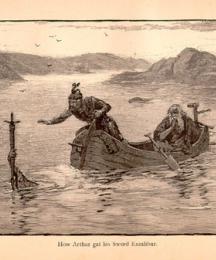
Thomas Mackenzie (1887 - 1944)
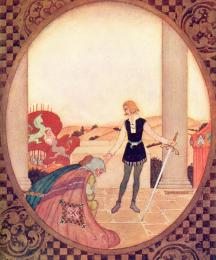
Daniel Maclise (1806 - 1870)
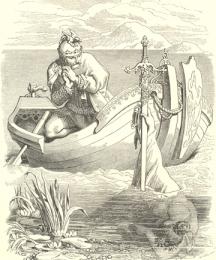
W. H. Margetson (1861 - 1940)
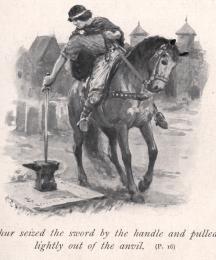
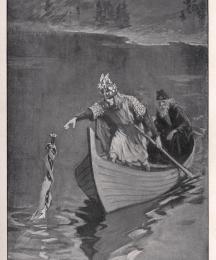
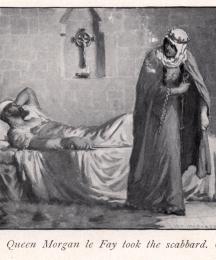
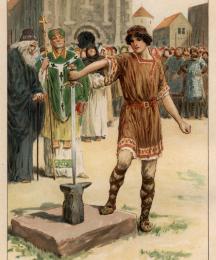
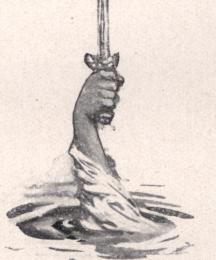
Eric Pape (1870 - 1938)
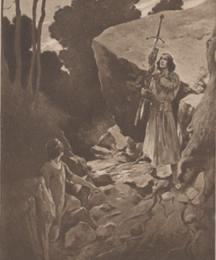
Howard Pyle (1853 - 1911)
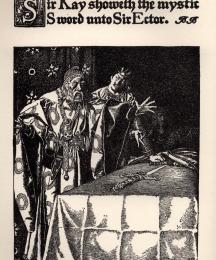
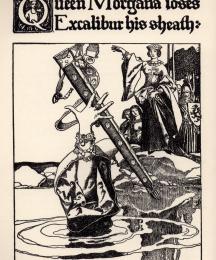
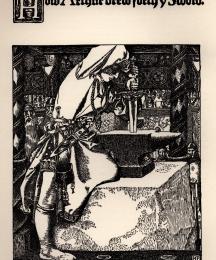
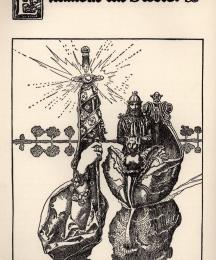
Arthur Rackham (1867 - 1939)


Alberto Sangorski (1862 - 1932)

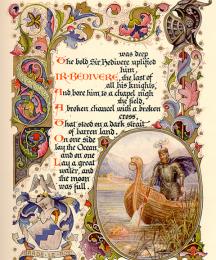
John Moyr Smith (1839 - 1912)
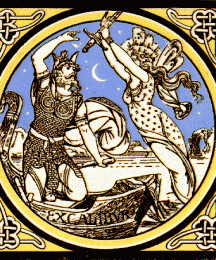
Lancelot Speed (1860 - 1931)
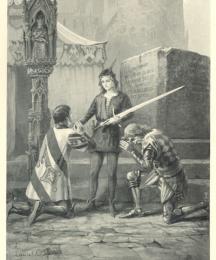
G.H. Thomas (1824 - 1868)
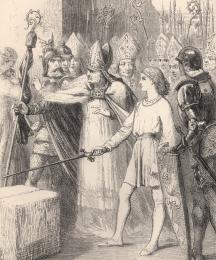
N. C. Wyeth (1882 - October 19, 1945)
